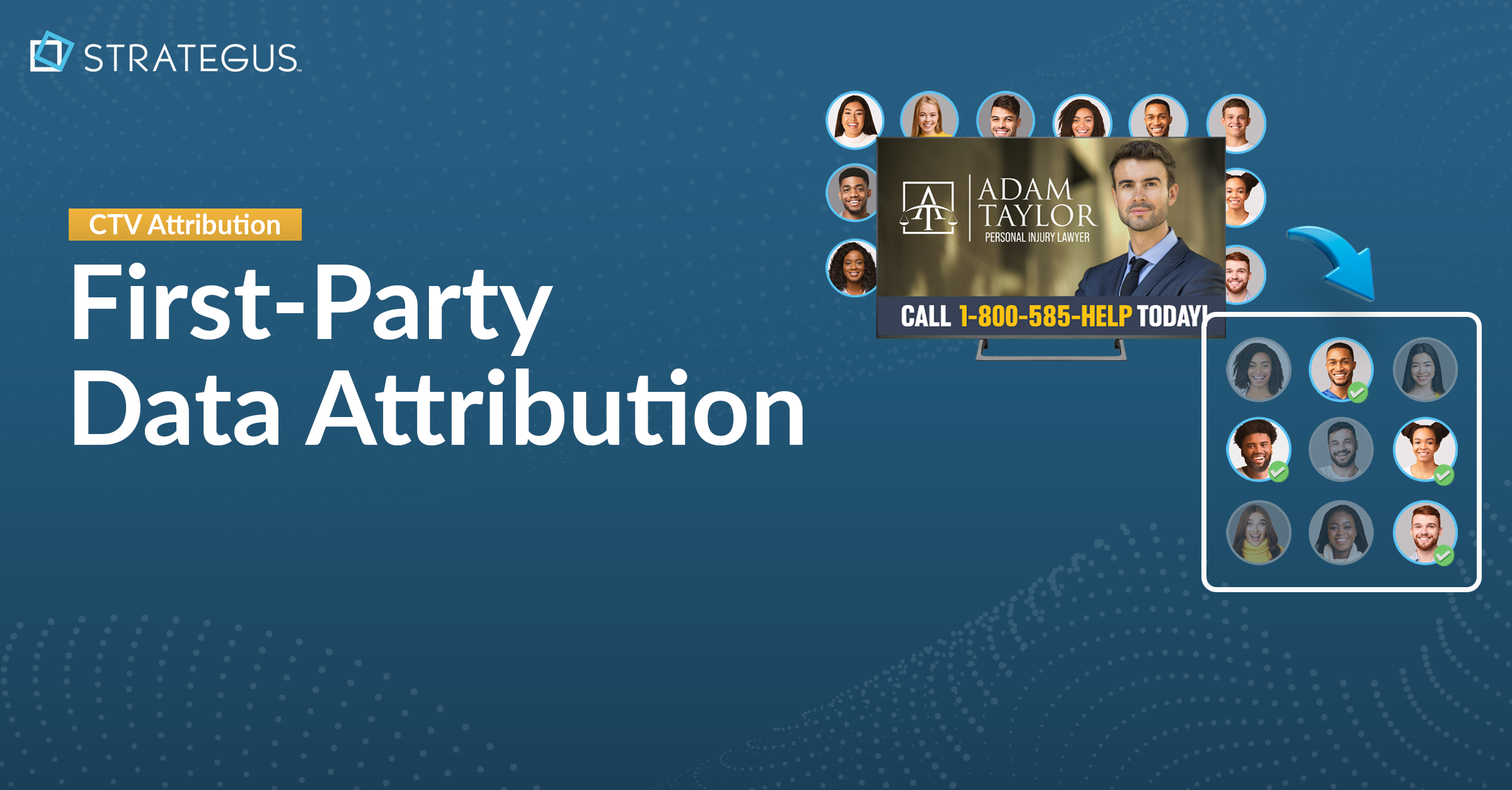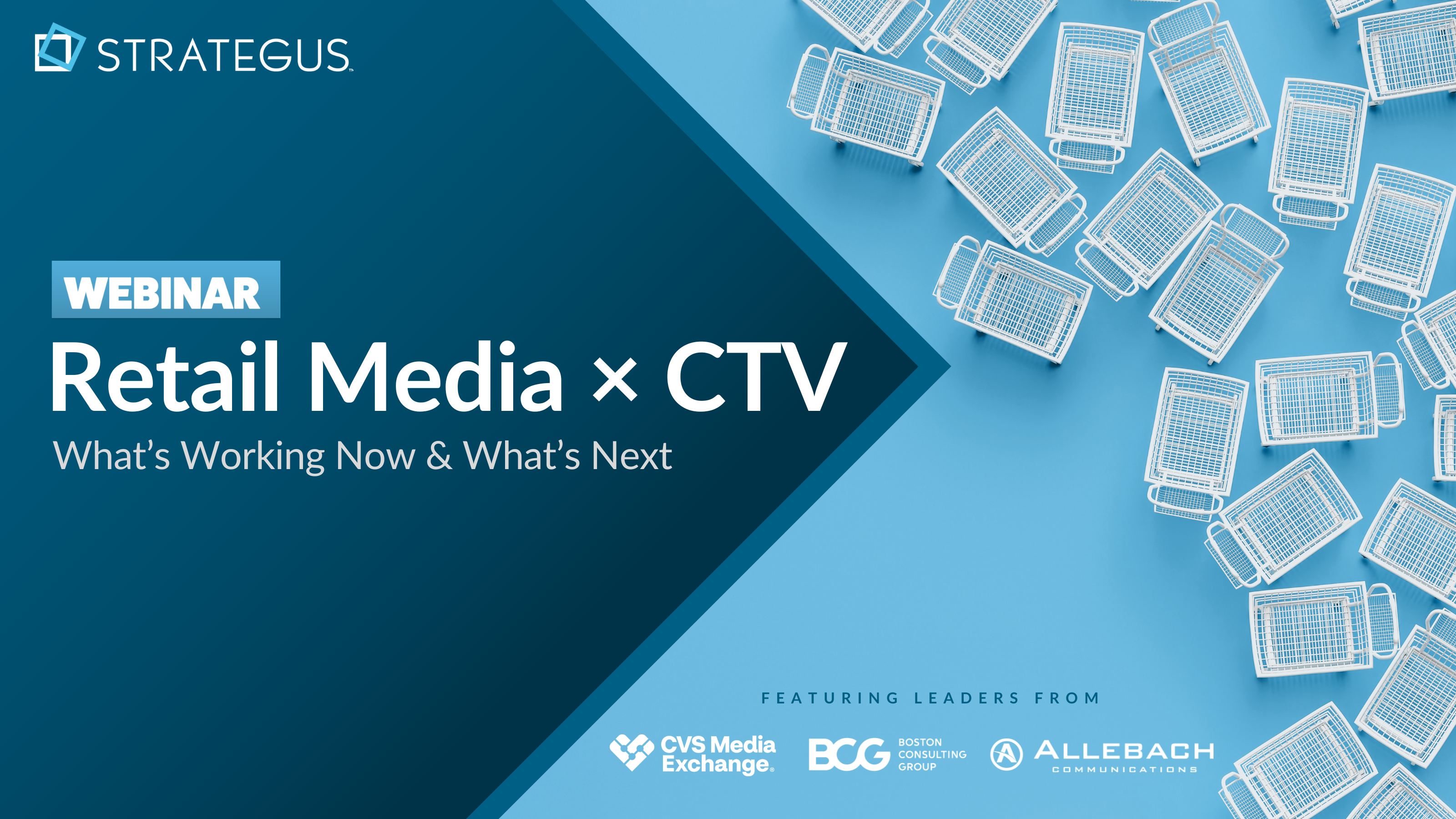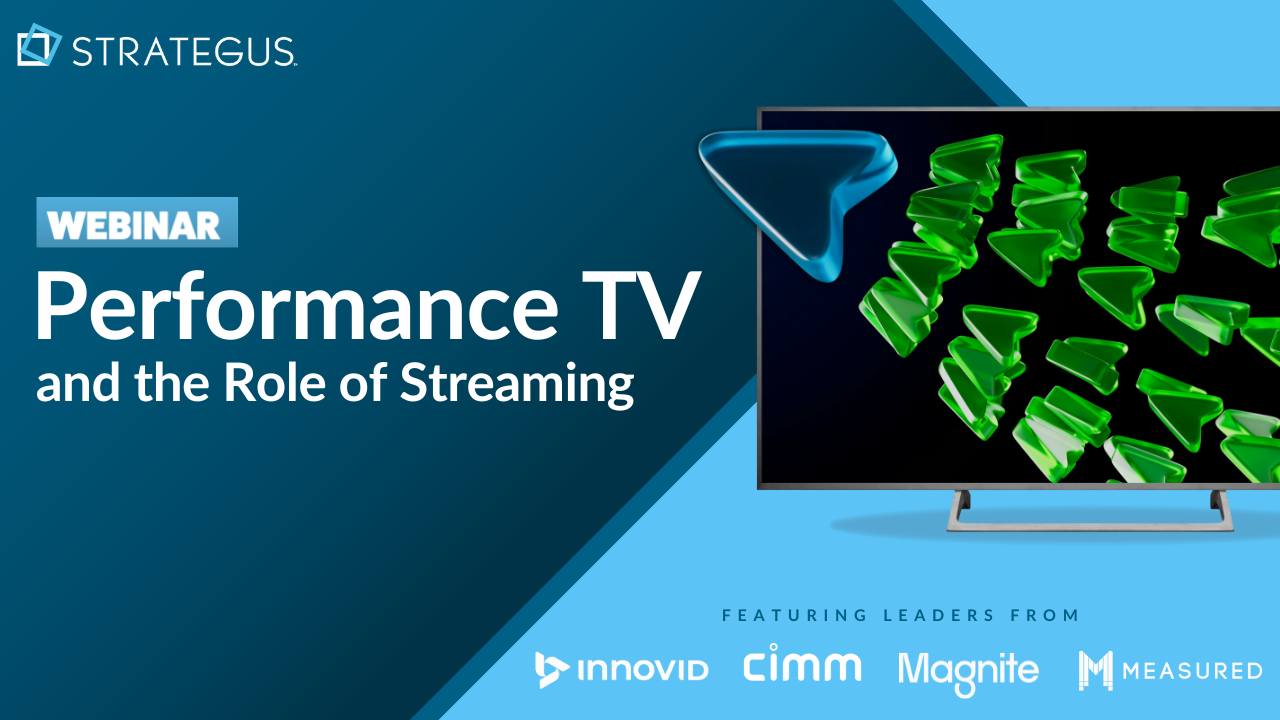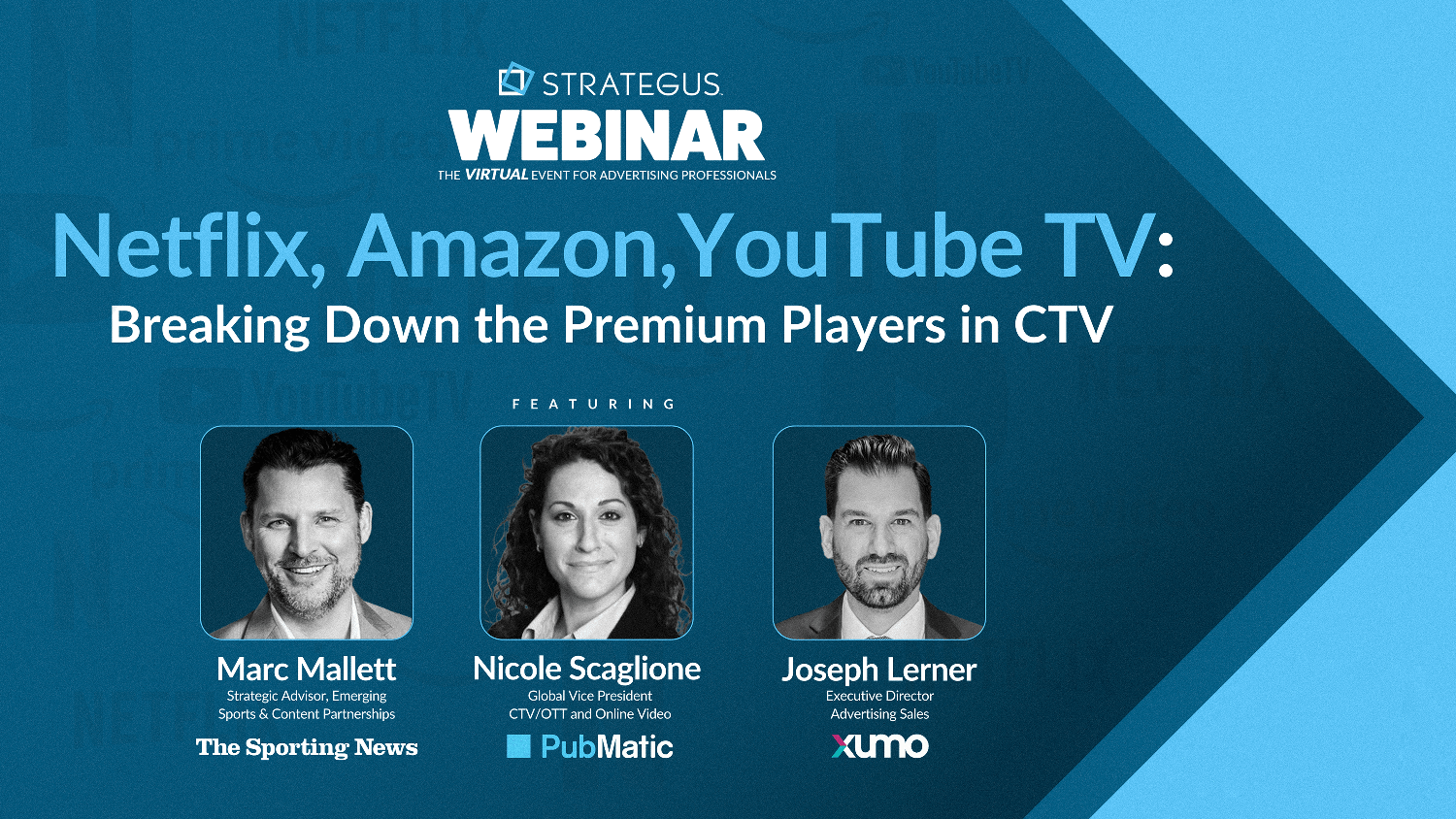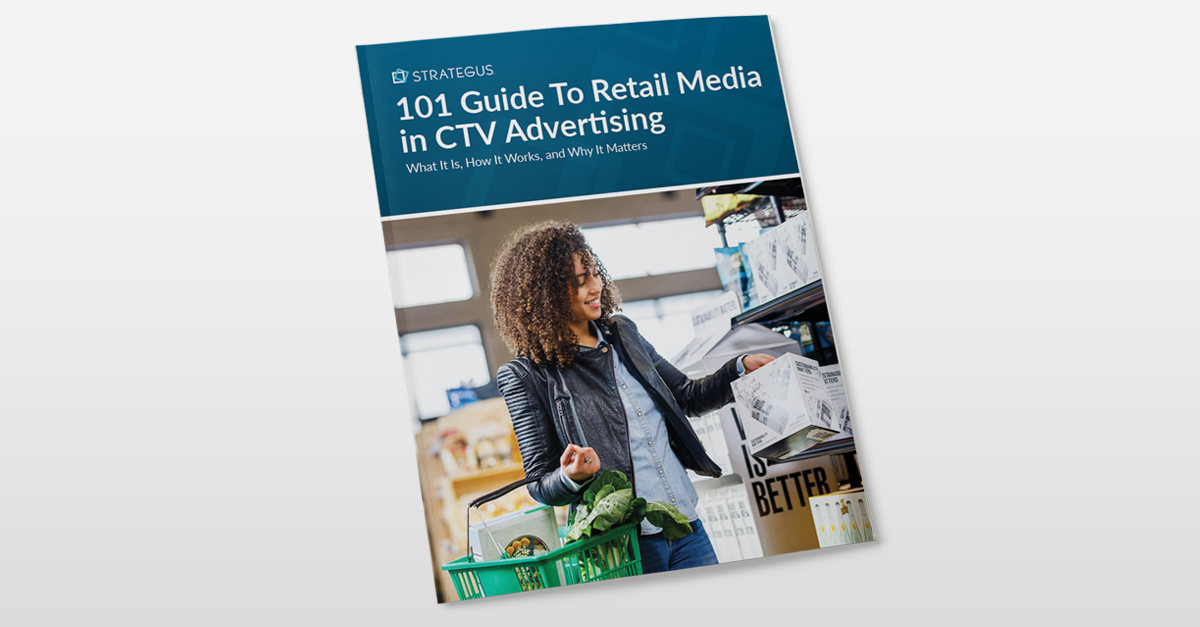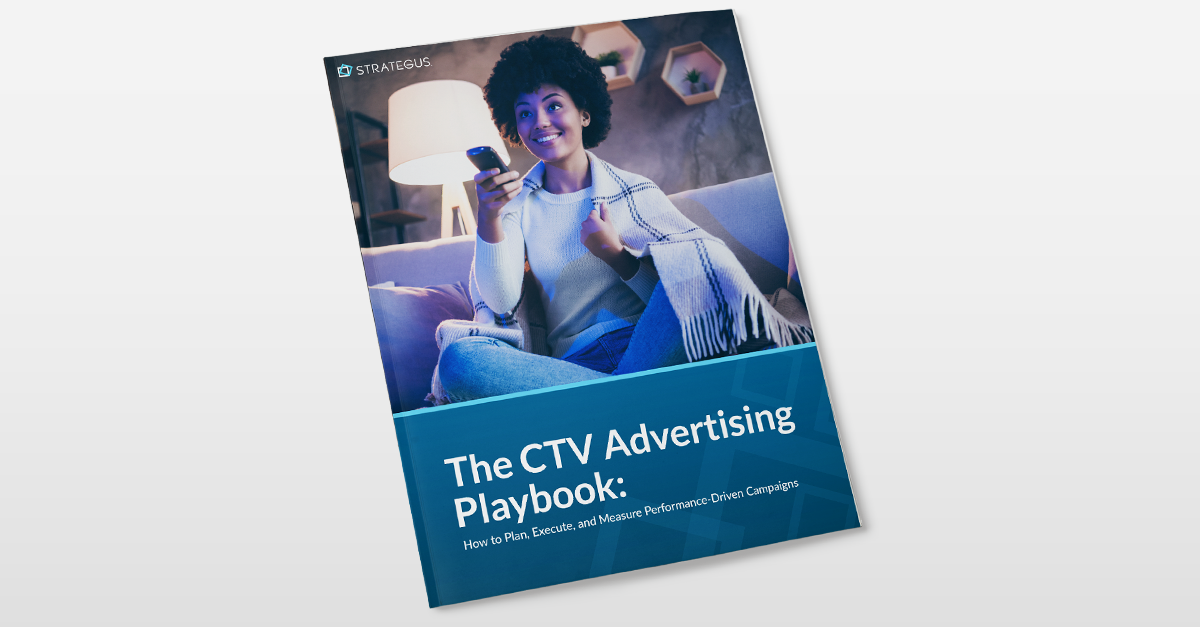- Home
- Strategus Blog
- Landing Page Optimization: How to Make Your Vistiors Take Action
Landing Page Optimization: How to Make Your Vistiors Take Action
 Andy Dixon
Andy Dixon
2 minutes read

A well-designed landing page will capture your reader’s attention, lead them by the hand through the copy, and end with them happily taking the action you are requesting. The key to optimizing a landing page: keep the end goal in mind. Everything on the landing page must lead the reader to take the action you are requesting and your ultimate goal of the visitor.
A motivating sequence in the sales process looks like this:
- Attention
- Problem
- Solution
- Proof
- Action (Offer)
Attention. Your headline should grab the prospect and keep them reading. It must answer the question in the reader’s mind: “What’s in it for me?” It also must flow logically from the page they were just on or you may lose them.
Problem. Identify with the reader: you understand the problem or concern they are facing. Spell it out using emotional language that stirs things up a bit. Push those hot buttons…
Solution. …Then step in with the answer. Show them you have the solution that they’ve been looking for! Present the benefits: paint the picture, including the promise, of how your product or service will improve their situation, or solve the problem they’re currently facing.
Proof. You need this for credibility. If you still have the reader’s attention, good job. But at this point, the reader will usually step back. Doubts cause hesitation. Strong proof elements will nudge them back on track. Be sure to include compelling testimonials, statistics, and research to back up your claims.
Action. Tell the reader exactly what you want them to do. Include a button to click on, a form to fill out, or a telephone number to call. This sounds obvious, but some landing pages do not optimize this feature and therefore are missing out on leads and potential sales.
All of these elements can and should be tested for effectiveness.
- Test different headlines. Change the words/big idea, colors, font size, etc.
- Test format. One column vs. two columns. Use of text boxes, block quotes, and other layouts.
- Test call-to-action device. Size and color of button, words in button, and page location of button.
- Test forms. How much information are you asking the customer to enter? Test success rate of short vs. long forms.
- Test contact information, including a telephone number. Sometimes people do want to pick up the phone and talk to another person rather than fill out forms. Give them a way to do this so you don’t miss out on a hot lead.
One final key to remember: consistency of message across all media platforms is essential. A landing page is designed to stand alone, but it should not vary in tone, message, promise, or “feel” of the company’s brand or ideals. Your goal, again, is to inspire trust in your product or service, leading the reader to act.

Andy Dixon is a seasoned Content Writing Specialist at Strategus, renowned for his expertise in creating engaging and impactful digital content. With over a decade of experience in content creation, Andy has honed his skills in a variety of niches, ranging from technology and marketing to education.
Strategus is a managed services connected TV(CTV) advertising agency with over 60,000+ campaigns delivered. Find out how our experts can extend your team and drive the result that matter most.
Talk to an Expert
Seeking a Custom CTV Strategy That Delivers?
What to read next
How Much Does It Cost To Advertise on Streaming Services?
Advertising on streaming services has become a central strategy for brands aiming to reach highly engaged audiences across digital platforms. As...
11 minutes read
See Who Bought After Your Ad + How Much They Spent
You can’t improve what you can’t measure. And for years, that’s been a major problem with TV advertising.
4 minutes read
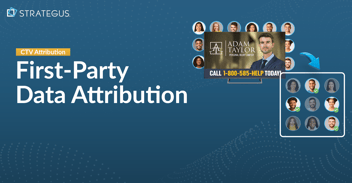
First-Party Attribution: Match Ads to Sales With CRM Data
The value of first-party data continues to grow.
7 minutes read
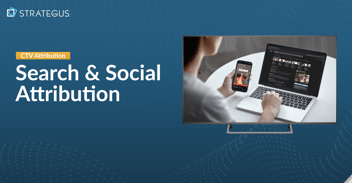
Measure CTV’s Impact on Search and Social Conversions
Here’s the scenario: Your customer sees your ad while streaming their favorite show. Three days later, they Google your brand name and click on the...
8 minutes read



